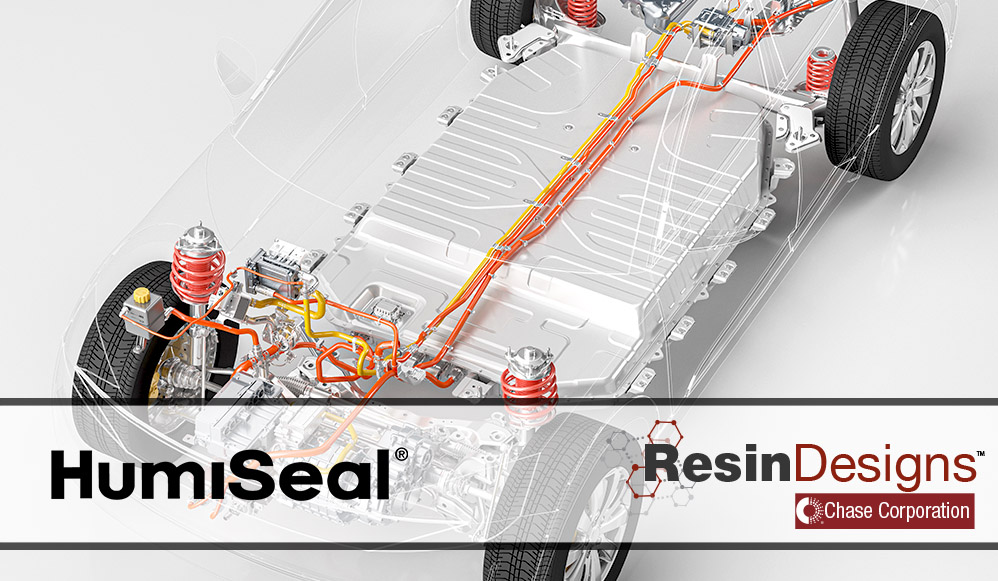A common limiting factor in the advancement of electronic systems is heat. The need to manage heat removal with a cost-effective solution is a significant driver in the design of many electronic devices. Thermal interfaces play a huge factor in a device’s operation both in performance and reliability. Thermal interface materials (also referenced as a “TIM”) are mostly thermally conductive, ceramic-filled systems with organic or silicone binders added to make them flowable for dispensing and processing. These materials can be used to accelerate heat dissipation and give the cost-effective method engineers need for flexibility to reduce the overall size of the package.
Topics: Thermal Interface Materials
Enhancing PCB Service Life and Performance with Thermal Pads
Heat makes electronics age faster. That's nothing new. The control and management of heat has always been a critical consideration in the design of printed circuit boards (PCBs) and other electronic devices. What is relatively new, however, is the dramatic increases in voltages, currents, and processing speeds demanded by burgeoning industries.
Topics: Thermal Interface Materials, Thermosink, Protection for PCB, Thermal Pads
Resin Designs Thermosink 35-6 Passes ASTM E595-15 for Low Outgassing
For Immediate Release
Resin Designs, a division of Chase Corporation, announces positive test results for their ThermoSink 35-6 thermally conductive electronics potting material.
Recent independent testing has confirmed that ThermoSink 35-6 has met requirements under the testing protocol-
ASTM E595-15 (2021), "Standard Test Method for Total Mass Loss and Collected Volatile Condensable Materials from Outgassing in a Vacuum Environment”
Topics: Thermal Interface Materials, Thermosink, Thermal Conductivity, Silicones, Thermally Conductive Silicones
Keep Your Electronics Cool With Thermal Management Materials
Nobody likes to get too hot, and if your high-tech electronics could talk, they’d say they feel the same way. Heat is their enemy. It reduces longevity and limits reliability, two non-negotiable properties in electronics. The lack of one or both can literally mean the difference between life and death in applications such as autonomous driving and aerospace controls.
Topics: Thermal Interface Materials, Thermosink, Thermal Conductivity, Thermal Pads
Electric Vehicles: Polymers for Performance, Reliability, & Protection
Adoption of plug in -electric vehicles (EVs) has been slower than many expected, but there is little question the next few years will see adoption accelerate. Your hypersensitive dog will have to find new visitors to harass when your delivery drivers arrive without notice, driving to your door silently in all-electric commercial vans. Many of your favorite suppliers and stores have already ordered these vehicles. Game-changing battery and charging developments are eliminating range anxiety, and autonomous driving controls and safety innovations are in the final stages of building our trust.
Topics: Thermal Interface Materials, Vibration Suppression, Thermosink, Conformal coating benefits, EMI conductive gaskets, EV, Electric Vehicle
7 Benefits of Pre-Cured Pads in Thermal Interface Applications
Concerned about the long-term reliability of dispensed, non-curing thermal interface solutions? What about cracking and pump-out that increase thermal resistance after aging and thermal shock? These are just a few of many important reasons to consider using pre-cured pads as a thermal transfer medium between a heat spreader and electrical components over wet-dispensed products that are prone to failure over time as in the example provided below.
Topics: Thermal Interface Materials, Thermoplastic











